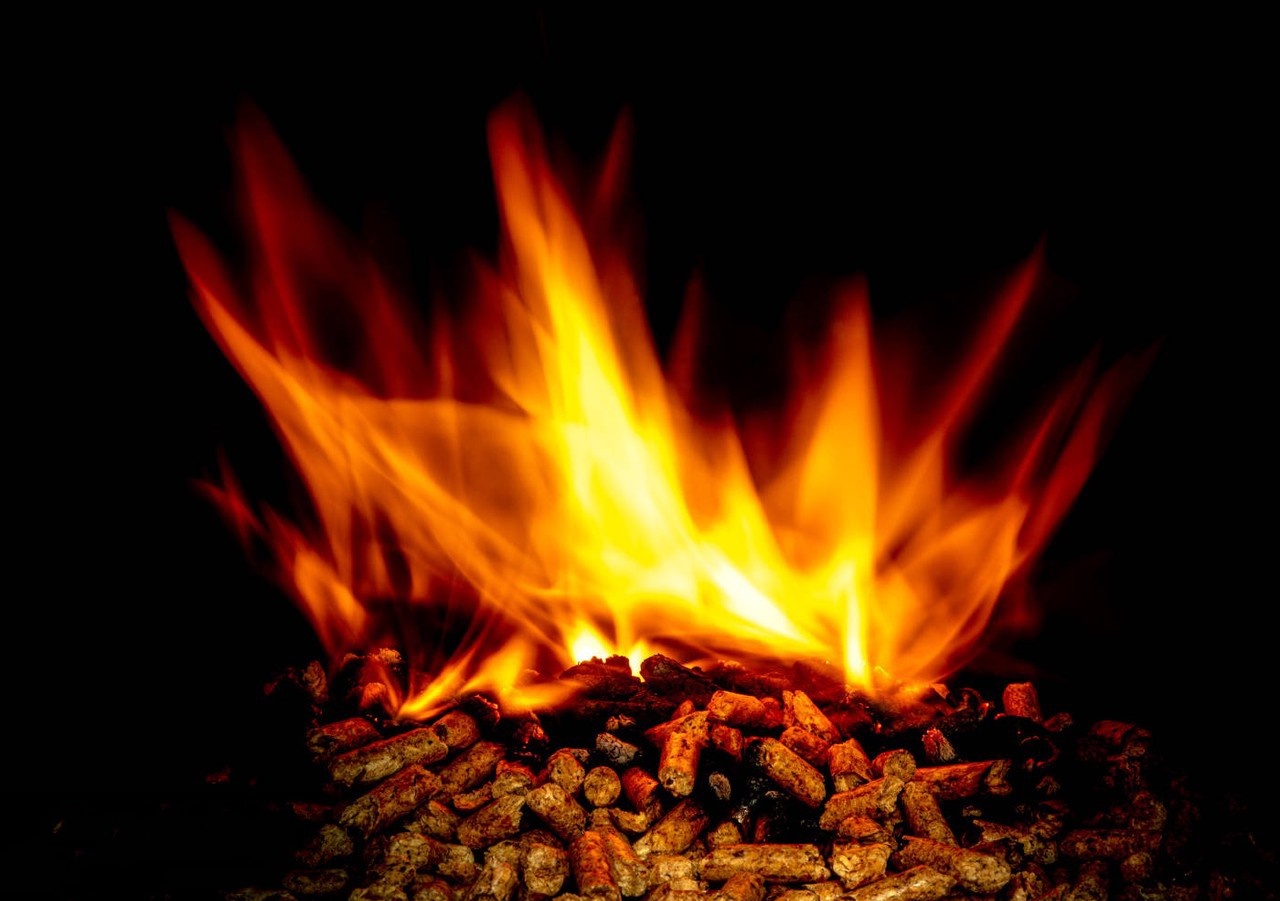At present, the development of biomass pellet fuel has made significant progress. Biomass pellet fuel has two major advantages: clean and cheap, and has good application prospects. However, when using biomass pellet fuel, due to various reasons, the fuel burning is not sufficient. TONY biomass pellet machine manufacturer will introduce to you the common reasons for insufficient burning of pellet fuel:
1.Fuel itself factor
Grain mass: If the pellets have uneven density, high moisture content or excessive impurities, it will affect the combustion effect. Uneven density may lead to inconsistent combustion speeds. High water content will cause excessive water vapor to be generated during the combustion process, absorb heat, and hinder the full combustion of fuel. Impurities may affect the adequacy of combustion and heat release.
Pellet size: If the pellet size is too large, the contact area with air is small, and it is difficult for oxygen to penetrate fully into the fuel, which will cause incomplete combustion reaction; if the Pellet size is too small, it may lead to poor ventilation, tight fuel accumulation, insufficient air supply, which will also lead to insufficient combustion.

2.Combustion equipment factors
Combustion furnace design: The structural design of the combustion furnace is unreasonable. If the furnace chamber is too small and its shape is not conducive to the airflow structure, it will cause the fuel to stay in the furnace to be too short and cannot be fully burned. In addition, improper position and size of the vents will also affect the supply and distribution of air, resulting in insufficient combustion.
Air distribution system: Insufficient air supply is one of the common causes of insufficient combustion. If the air distribution system fails, such as fan failure, air duct blockage, etc., it cannot provide enough oxygen, and the fuel cannot be fully burned. In addition, uneven mixing of air and fuel will also affect the combustion effect. For example, the air injection angle is unreasonable, so that the air and fuel cannot be fully contacted and mixed.
3.Operational factors
Combustion temperature: The combustion temperature is too low, the combustible components in the fuel cannot be fully activated, and the combustion reaction speed is slow, which can easily lead to insufficient combustion. Generally speaking, the ideal combustion temperature of biomass pellet fuel is around 800-1000℃. The low temperature may be caused by improper ignition method, excessive heat loss or low fuel calorific value.
Combustion time: The fuel stays in the combustion chamber for too short and is discharged before it can be completed. This may be due to the rapid feeding speed or the slag discharge system of the combustion furnace is not working properly, resulting in the fuel's residence time in the furnace that does not meet the combustion requirements.
Operator skills: Operators are not proficient in the operation of combustion equipment and cannot adjust combustion parameters in time according to fuel characteristics and combustion conditions, such as feed volume, ventilation volume, etc., which will also lead to insufficient combustion. For example, if you do not understand the optimal combustion conditions for fuels of different biomass Pellets, it will be difficult to achieve full combustion of fuel without understanding the optimal combustion conditions for fuels.





















